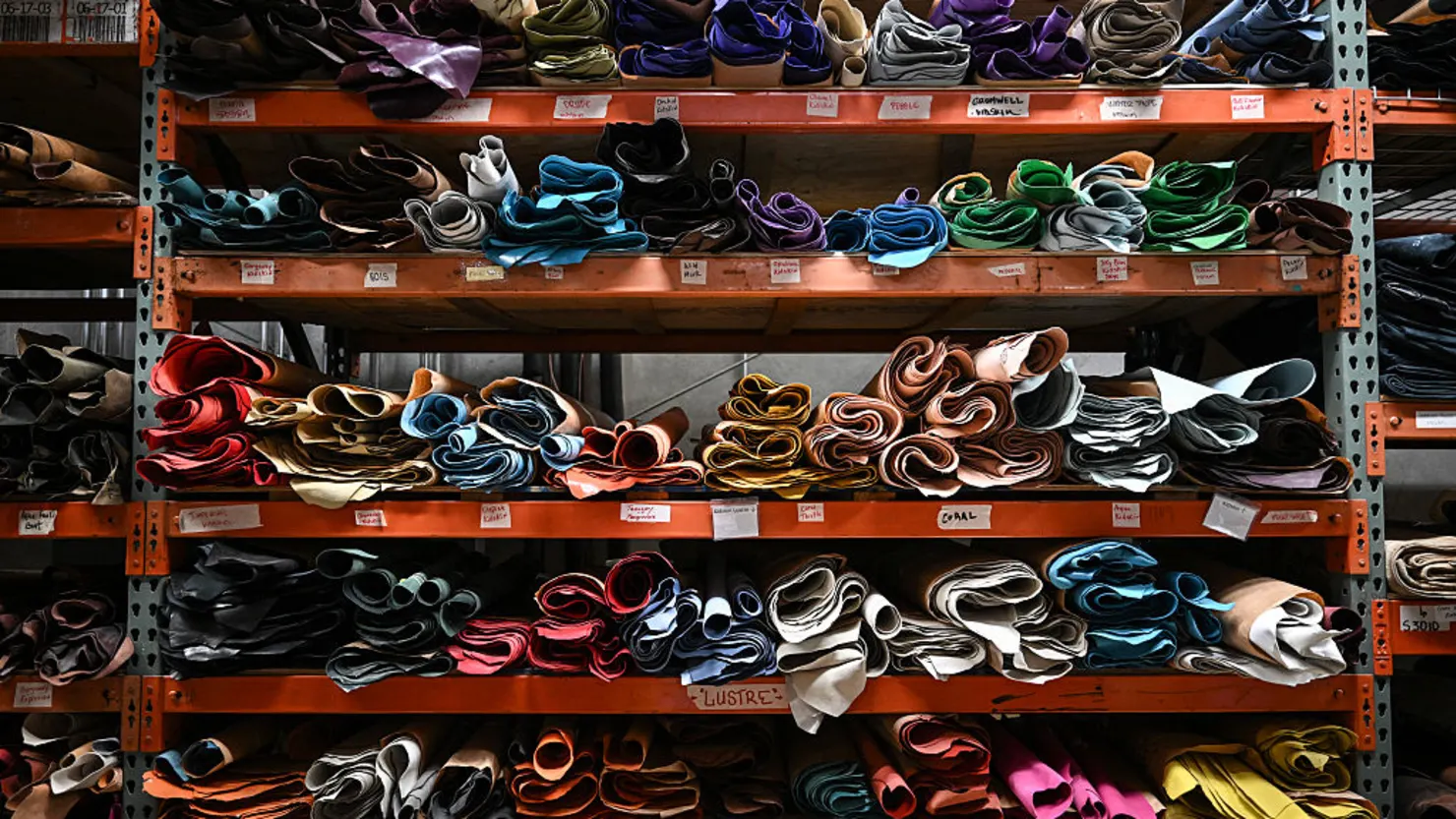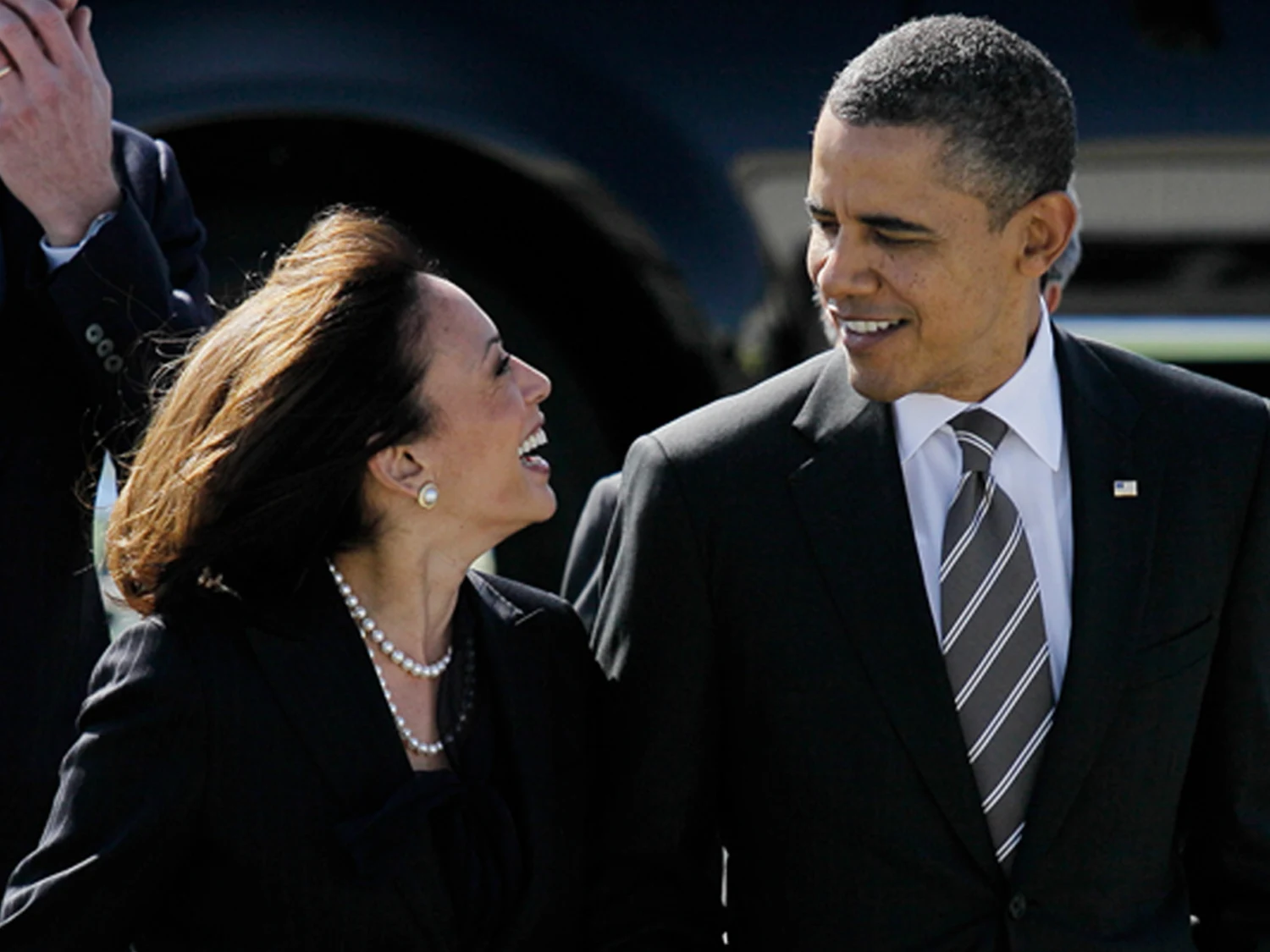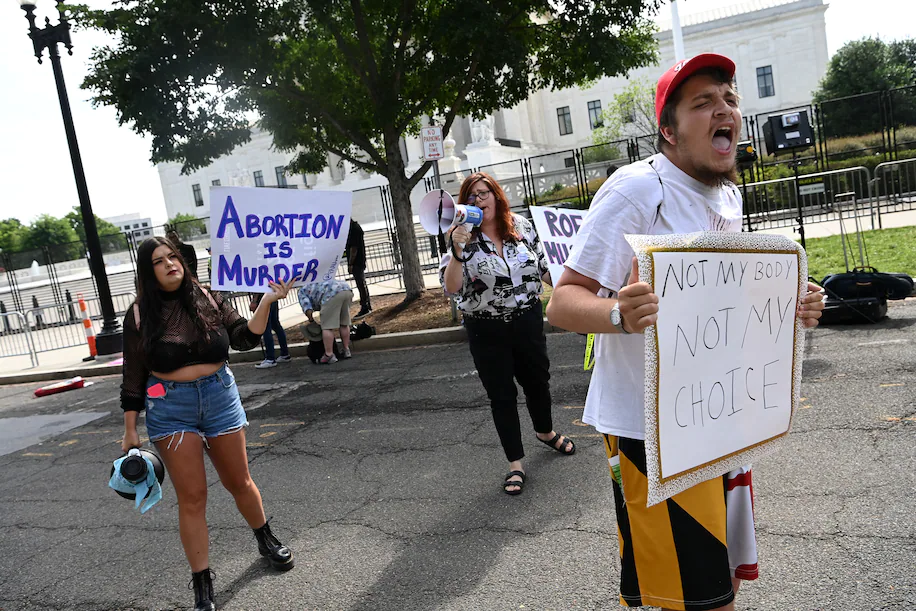The original story by for Casper Star-Tribune.
Wyoming lawmakers are teeing up a slate of election changes that could slow results next year — especially in the state’s larger counties.
A legislative committee advanced seven bills that would reshape how Wyoming runs elections: more poll observers, tighter testing rules for voting machines, photo-only voter ID, and a mandatory hand-count audit after each election. One proposal would even require hand counting of ballots outright.
Natrona County Clerk Tracy Good says that’s a recipe for delays in populous places. In 2024, the county ran a machine recount of 34,206 ballots — and it still took 17 staffers more than eight hours. Hand counting those ballots, with an average 26 races per ballot, would be “a huge undertaking, a huge amount of staff, and a lot of time training,” Good said.
Why big counties would feel it most
Scale matters: Natrona’s largest precinct has about 2,800 voters. By contrast, tiny Niobrara County counted just 1,244 ballots total last year.
Audit window: The bills would give counties one week to hand-count audit at least one precinct. With election judges already hard to recruit, Good calls the timeline a burden.
Current practice: Audits now randomly sample ballots to confirm the paper matches the machine totals.
A law that took effect earlier this year requires proof of citizenship and residency to register. The new package would limit acceptable voter IDs to photo documents only. Secretary of State Chuck Gray calls photo ID a “common-sense election integrity” step that builds on this year’s changes.
Good, now in her second term and with 32 years in Natrona County elections, says she has not seen voter fraud locally.
The bills also expand the number of observers before, during, and after voting. That means counties would need more room at polling places so voters don’t feel crowded, Good said.
“They’re claiming that it’s going to help ensure more competent and secure elections, and I’m not exactly sure how that would work.”
Because 2026 is a budget session, these non-budget election bills will need a two-thirds vote in each chamber just to be introduced. If they pass, voters in higher-population counties should brace for slower counts — and election offices for more staff, more space, and more training — long before the first ballot is cast.










The latest news in your social feeds
Subscribe to our social media platforms to stay tuned